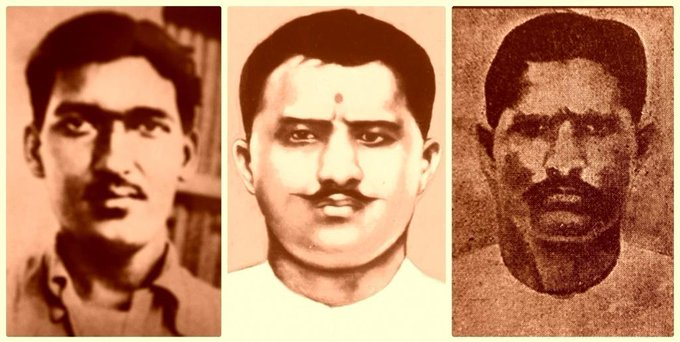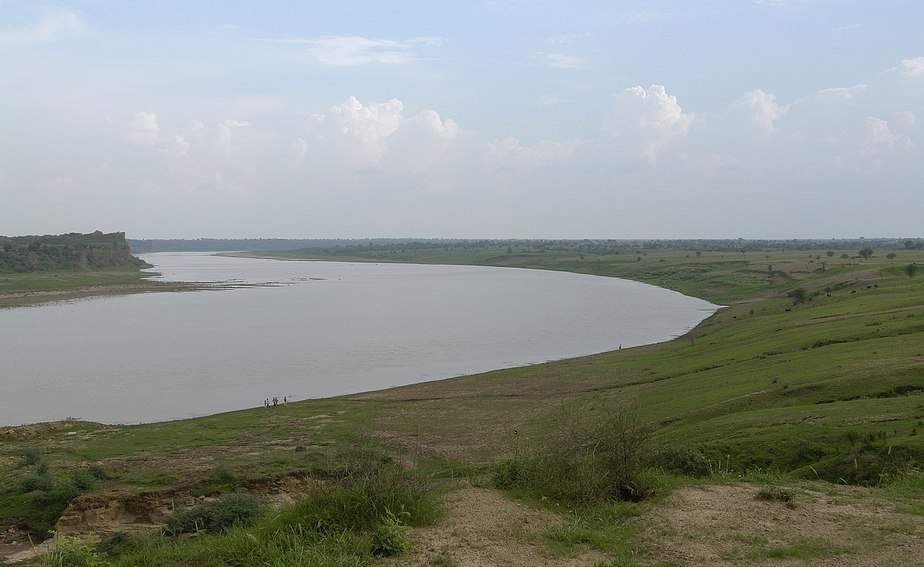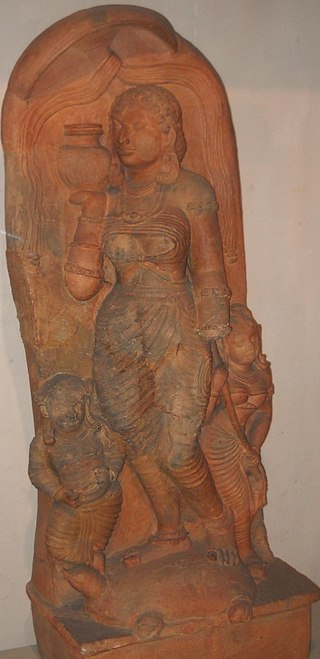Biju Patnaik, aviator, politician, freedom fighter, the Utkala Shanda, who built modern Odisha, it's tallest political leader to date. #BijuPatnaik
Thread on his Jayanti today.
Thread on his Jayanti today.

What does one make of a man who flew a daring sortie into Dutch occupied Indonesia and sneaked away their Prime Minister? Or made equally daring sorties into Kashmir during the first India Pakistan war in 1947? #BijuPatnaik
Or a man who set up industries all over Odisha? Biju Patnaik was not just a political leader, he was also an aeronautical engineer, a fighter pilot, an industrialist and fought for freedom too. #BijuPatnaik
He was a true nationalist, and yet the interests of his beloved Odisha, always were close to his heart. A man of unimpeachable integrity, and a visionary, that was Biju Patnaik. #BijuPatnaik #BijuBabu
This remarkably great personality was born on March 5, 1916, to Lakshminarayan and Ashalata Patnaik in the city of Cuttack. A student of Ravenshaw College, he was a keen sportsman since his childhood days, and captained his University in football and hockey. #BijuPatnaik
His love for sport and adventure took him to Delhi, where he underwent training at the Aeronautical Training Institute and Delhi Flying Club. He worked for some time as the head of the Air Transport Command during the War. And in 1942 he jumped into the Quit India movement.
He was a leader of the underground movement along with others like Jayaprakash Narayan and Dr. Ram Manohar Lohia. He also was imprisoned by the British Government for 3 years. #BijuPatnaik #BijuBabu
It was during his stay in prison, that he became close to Jawaharlal Nehru and learnt about the Indonesian freedom struggle. Like India, Indonesia too was fighting a war against the colonial Dutch occupation, before it came under Japanese occupation during World War II.
On August 17, 1945 two days after Japan surrendered during the War, Indonesia declared it’s independence. The Dutch tried regaining control, and started stirring up trouble for the newly formed Government. #BijuPatnaik
Dr.Sjarhrir, a trusted lieutenant of the resistance leader Sukarno, was the Prime Minister of free Indonesia, and a good friend of Nehru too. It was Sjahrir who took the case of Indonesia to the UN, and was also instrumental in signing the Linggadtji Agreement.
Finally on July 1947, the Dutch launched a large scale attack on Indonesia. In order to prevent Dr.Sjahrir from mobilizing world opinion, he was placed under house arrest. The Dutch controlled all the air, sea routes and Sjahrir could not move out anywhere.
It was then Nehru, asked Biju Patnaik, who by then had a reputation as an ace pilot to bring out Sjahrir from there. Biju had a special love for Indonesia, considering it’s age old trade links then with Kalinga, and readily agreed to the mission. #BijuPatnaik
Undertaking a risky flight to Java in his Dakota, Biju managed to get Sjahrir out and get him back to India via Singapore. Sjahrir announced a press conference in Delhi, and soon Nehru backed him unanimously, taking the case to UN. #BijuPatnaik #BijuBabu
India along with Australia passed a resolution in the Security Council, condemning the Dutch aggression in Indonesia and urged it to take action under Chapter VI of UN charter. The mission had been successful. #BijuPatnaik
In gratitude, the Indonesia Government awarded Biju Patnaik, their highest award “Bhoomi Putra”, and he was one of the few foreigners to be given it. He later became close friends with Sukarno, and named his daughter Megawati. #BijuPatnaik #BijuBabu
Another significant military operation Biju Patnaik played a role in was the first India Pakistan war in Kashmir, 1947. On 22 October Pakistani raiders attacked Kashmir, when the king there had refused to join it. #BijuPatnaik #BijuBabu
The king of Kashmir signed the Instrument of Accession, but by that time the Pakistani raiders had occupied a large part of Kashmir, and inflicted numerous atrocities on the civilians.
It was necessary for India to send the troops urgently, the land route was too long, and the only course was to drop by air. It was not an easy task, considering the high elevations of the Valley, and the planes then had no de icing equipment either. #BijuPatnaik
Nor did they have the oxygen needed for high altitude flying. Once again it was Biju Patnaik, who volunteered to undertake the flight in such risky conditions. And he successfully managed to land the first platoon of troops at Srinagar airport on October 27, 1947. #BijuPatnaik
Biju Patnaik strongly believed in socialism and federalism, he felt that unless the States progress on equitable levels, India could not on it’s own. A true mass leader he was elected to Odisha Assembly from North Cuttack for the first time in 1946. #BijuPatnaik
He became the leader of the state Congress in 1961, and it swept the elections then. Biju Patnaik became Chief Minister for the first time in 1961, and ruled for two years before resigning. #BijuPatnaik #BijuBabu
However post the 1969 split in Congress, he fell out with Indira Gandhi, and formed the Utkala Congress. He also got in touch with his old friend Jayaprakash Narayan, and took active part in his Navnirman Agitation during 1974. #BijuPatnaik
When Emergency was imposed, Biju Patnaik was one of the first to be arrested. Later he won from Kendrapara in the 1977 Lok Sabha elections, and was a Union Minister for Steel and Mines under both Morarji Desai and later Charan Singh. #BijuPatnaik
He was one of the few opposition leaders who could withstand both the Indira and Rajiv waves in the 1980, 84 Lok Sabha elections. When the entire opposition was swept away in the sympathy wave for Indira’s assasination, Biju Patnaik was one of the few who managed to win.
He played a key role in V.P.Singh’s election as Prime Minister in 1989, and in the 1990 Odisha Assembly elections, the Janata Dal under his leadership once again swept the polls. He served as Chief Minister for the second time till 1995, when the party lost. #BijuPatnaik
In many ways Biju Patnaik was the builder of modern Odisha. The Paradip port was his initiative. He bargained with Nehru to release more aid to Odisha, and Nehru did so as he had utmost faith in his skills and leadership. #BijuPatnaik
He did his best to bring about an industrial revolution in Odisha, till then primarily an agrarian state. The industrial belts of Choudwar-Barbil, the highway bridge over the Mahanadi between Cuttack and Jagatpur, the airport at Bhubaneshwar were all the efforts of his vision.
MIG Factory at Sunabeda, NTPC power plant at Talcher, Orissa University of Agriculture and Technology, some of his most outstanding contributions to date.He was passionate about science and technology, established the Kalinga Foundation to popularize science. #BijuPatnaik
The prestigious Kalinga Award given by UNESCO every year, to popularize science was set up by him.For him the progress of Odisha was always close to heart, he dreamed of taking it back to the ancient glory of Kalinga. #BijuPatnaik
One of the most multifacted personalities ever, a true visionary, a daring pilot, a freedom fighter, a man who stood up for justice, Bijyananda Patnaik, aka Biju Patnaik, a man whose legacy would live forever. #BijuPatnaik
#BijuPatnaik was an aviator more than anything. When asked how he would prefer to die, he replied "I would prefer to die in an air crash more than anything".
Paradeep Port was #BijuPatnaik's baby, when the Center initially refused funds for it, he told them to take a hike, and built it with the State Govt funds. Later the Center did release funds for the project.
“In my dream of the 21st century for the State, I would have young men and women who put the interest of the State before them. They will have pride in themselves, confidence in themselves. They will not be at anybody’s mercy, except their own selves."- #BijuPatnaik
#BijuPatnaik life deserves a biopic. That flight into Indonesia to get Sjharhir out from Dutch occupation, his flight into Kashmir during the 47 War, his role in freedom struggle, Emergency. Guy was a legend in his own right
Though I think there is a better chance of Indonesia or Malaysia making a biopic on #BijuPatnaik and even getting an Oscar for it, than Bollywood making one. Had #BijuBabu been in the West by now he would have had at least 3-4 biopics in his name.
On his Jayanti today, my tributes to #BijuPatnaik aviator, industrialist, politician, freedom fighter, chief minister, a legend in his own right. A resolute never say die figher #BijuBabu #Naman
My article on #BijuPatnaik on his Jayanti today do check out and share.
historyunderyourfeet.wordpress.com/2016/03/05/bij…
historyunderyourfeet.wordpress.com/2016/03/05/bij…
My podcast on #BijuPatnaik on his Jayanti today do check out and share.
spotifyanchor-web.app.link/e/vDGQUJzNUxb
gaana.com/song/biju-patn…
spotifyanchor-web.app.link/e/vDGQUJzNUxb
gaana.com/song/biju-patn…
• • •
Missing some Tweet in this thread? You can try to
force a refresh






















